
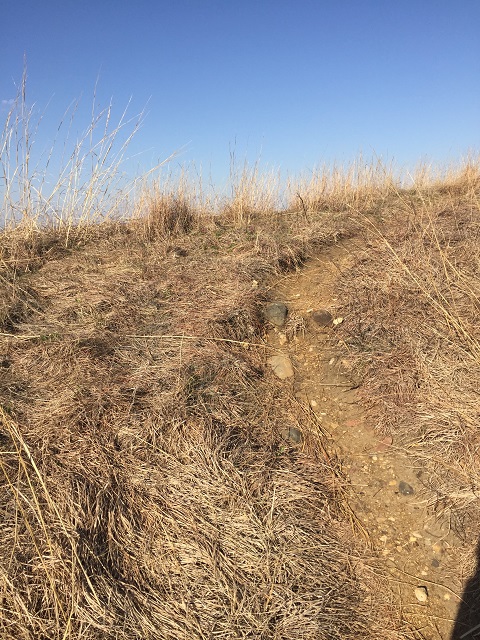
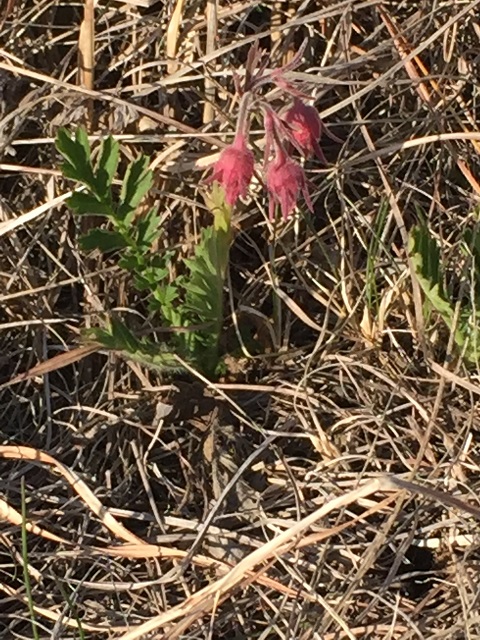
Xeriscaping
for Mary Lahr Schier
There can be no escaping from storm
or drought.
(Ink flows across the blank page
or stops.)
Consider the options with care,
then choose.
(Develop long roots that seek
a deep source.)
It is a shame to waste these
precious drops,
to fling water like pearls of rain
onto sand.
(On the other hand,
flow is everything.)
Long roots filter out rank poisons.
Water carries them back into
the making dark.
(Rejection or chagrin are perennial,
self-sowing.)
Depending upon conditions,
select with care.
For sun:
asters and black-eyed Susans,
coneflowers and yarrow,
blazing star and prairie dropseed,
even Blue Heaven little bluestem.
(Read! Read! Read!
The blaze of tradition shines forth
and nourishes.)
For shade:
columbine and wild ginger,
wild geranium and Solomon’s seal,
pachysandra and dead nettle,
bugleweed and red twig dogwood,
wild hosta and cinnamon fern.
(The coaxing practices, the lattices
of form and habit.)
Finally, perhaps a rain garden?
Something to catch what spills in?
(The index cards handy. The pencils sharpened.)
“A garden,” said Stanley Kunitz, “ is a poem
that is never finished.”
He knew a thing.
Or two.
Leslie Schultz
Today’s poem is inspired by a perennially favorite text, The Northern Gardener: From Apples to Zinnias–150 Years of Garden Wisdom by Mary Lahr Schier. Two years ago, that handy and beautifully written compendium introduced me to a new word and inspired a poem, “Cotyledons,” about those first two tiny green leaves thrust up by a sprouting seed. This year, the chapter on “Xeriscaping” inspired a poem.
The quotation that closes the poem is drawn from a book of essays on poetry and gardening by Stanley Kunitz (1905-2006), The Wild Braid: A Poet Reflects on a Century in the Garden.
The photographs here of plants were taken on Earth Day, 2020 at the nearby McKnight Prairie Remnant,seven miles from Northfield. This thirty-five acre piece of land is the epitome of xeriscaping with native plants and is cared for by Carleton College. Tim and I were able this year to visit early enough to see, for the first time, the pasque flowers blooming.
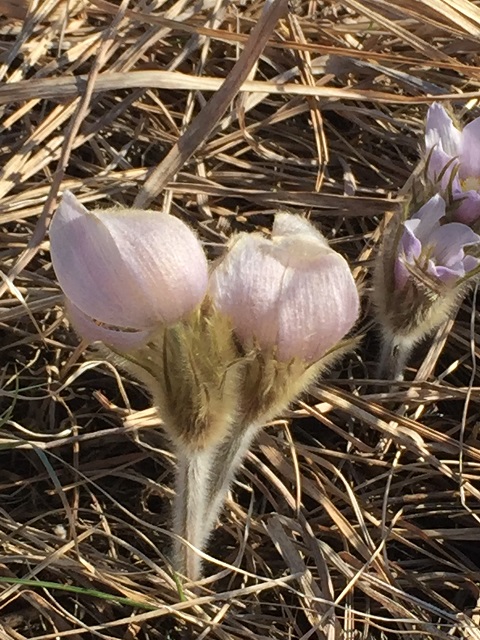
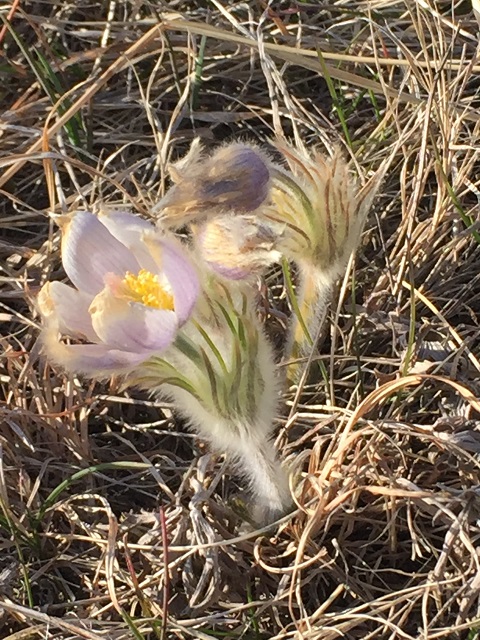
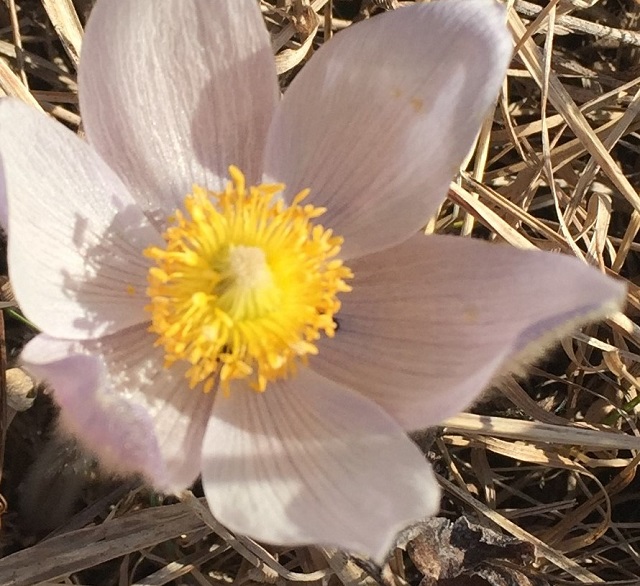
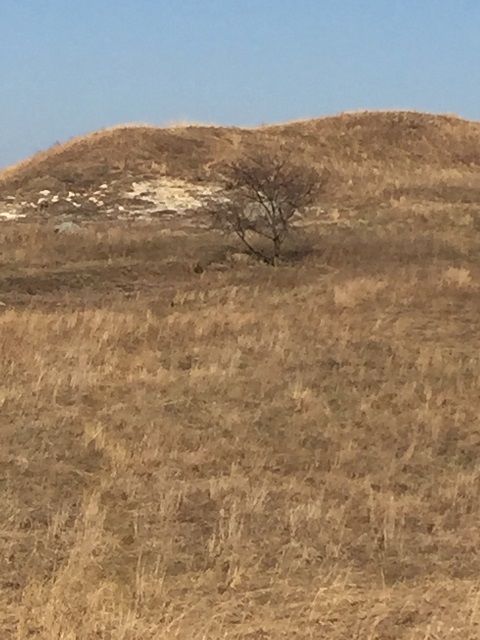

It is wonderful that you know the McKnight Prairie, Beth. I often think that without it and the Carleton Arb I might never have met you. Heaven forfend!
A complex and rich poem. I’ve read it a couple of times and am still thinking about it. The parallel between water on/in the ground and ink on/in the paper is one I just love.
I have never thought of prairies as xeriscapes. I’m mulling that over. The photos are gorgeous. How lucky to catch the pasque flowers just right! Bit jealous.
Enjoy! We now have a “plant yurt” (canvas tarp) over our seedlings, and rabbit baffles around the containers due to be planted with said seedlings.
And I thought of your earlier poem, Elizabeth, today. As I was looking up some things for my poem today, I just might have located a source for a lady slipper!
Good to read this as I head out to weed my poem. 😉